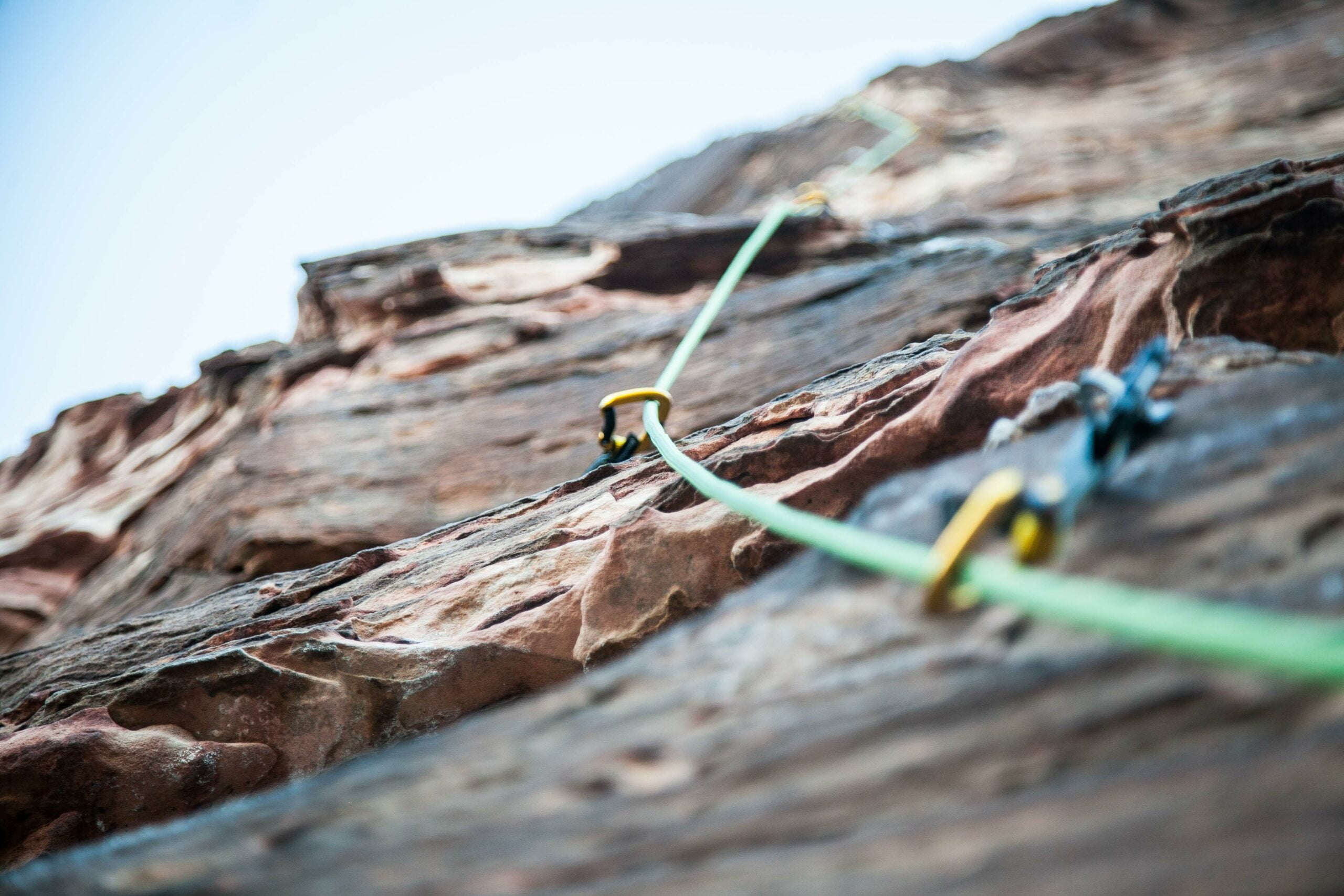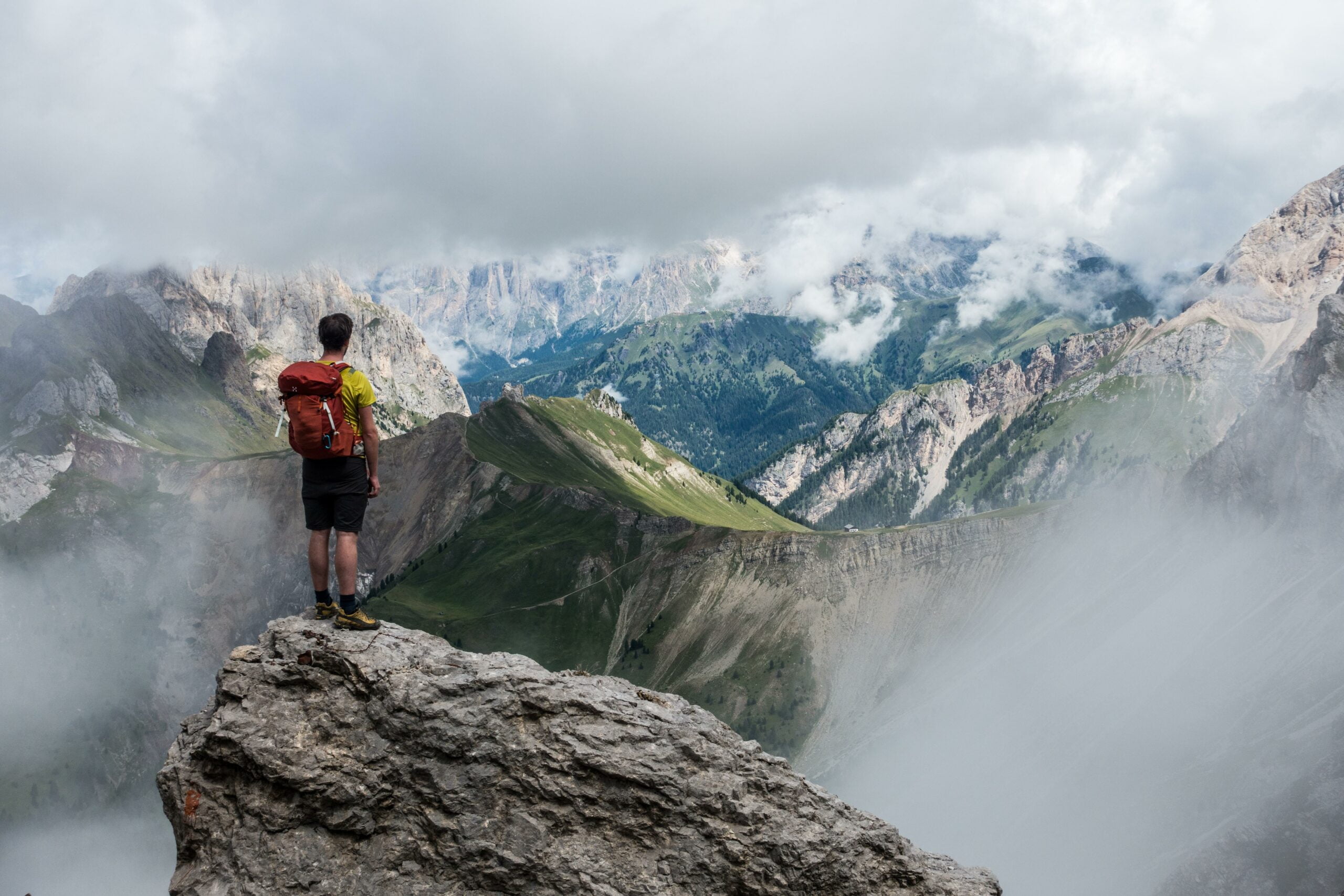Are you ready to embark on a heart-pounding journey through the exhilarating world of rock climbing? Hold on tight as we uncover the most mind-boggling and awe-inspiring fun facts about this adrenaline-fueled sport. From the heights reached by daring climbers to the breathtaking natural wonders that serve as their playground, join me as we delve into the realm of rock climbing in search of the most thrilling and enlightening tidbits. Get ready to be amazed and inspired as we explore the adventures, triumphs, and challenges that make rock climbing a truly unforgettable experience.

Rock Climbing Fun Facts
Rock climbing is an exhilarating and challenging sport that has captivated adrenaline junkies for centuries. Whether you’re a seasoned climber or just starting out, there are always new and exciting facts to discover about this incredible activity. So, let’s dive into the world of rock climbing and uncover some fascinating fun facts!
1. Rock climbing is one of the world’s oldest hobbies. Dating back to the Bronze Age, humans have always been drawn to the thrill and challenge of scaling rocky cliffs. From ancient civilizations to modern-day adventurers, the spirit of rock climbing has endured throughout history.
2. The first reported ascent of a cliff using specialized climbing equipment occurred in the early 1930s. This marked a significant milestone in the development of rock climbing as a sport. It opened up new possibilities and allowed climbers to tackle even more challenging routes.
3. Rock climbing is one of the only sports that works the entire body. From your fingertips to your toes, every muscle is engaged as you navigate steep cliffs and challenging terrain. It’s a full-body workout that builds strength, endurance, and coordination.
4. Rock climbing made its debut at the 2020 Tokyo Olympics. This was a groundbreaking moment for the sport, as it finally received the recognition it deserves on the global stage. Athletes from around the world showcased their skills, pushing the boundaries of what’s possible in rock climbing.
5. There are eight different types of climbing, each with its own unique challenges and techniques. From bouldering, where climbers tackle short, challenging routes without ropes, to sport climbing, which involves climbing with the aid of permanently fixed protection, there’s something for everyone.
6. Bouldering originated in Fontainebleau, France, where climbers used boulders as training for bigger ascents. This style of climbing requires immense strength, balance, and problem-solving skills, as climbers grapple with difficult and technical movements on small rock formations.
7. Climbing rocks is one of the world’s oldest hobbies. Humans have been drawn to the vertical world for centuries, seeking the thrill of conquering towering cliffs and pushing the limits of their own capabilities. It’s a testament to our innate desire for adventure and exploration.
8. The first documented rock climb dates back to 1492. On this historic journey, Antoine De Ville made an ascent of Mont Aiguille in France, which is now considered one of the birthplaces of modern rock climbing. This daring feat laid the foundation for the sport we know and love today.
9. Rock climbing wasn’t officially recognized as a sport until the late 19th century. Before that, it was mainly seen as a means of exploration and conquest. However, with the advent of modern equipment and techniques, rock climbing evolved into a recognized and respected sport.
10. Climbing can help cure a fear of heights and a fear of falling. While it may seem counterintuitive, facing your fears head-on in a controlled environment can help you overcome them. As you gain confidence and trust in your equipment, you’ll find yourself more at ease with heights and the fear of falling.
11. Liquid chalk is favored over normal climbing chalk when deep watersoloing. Deep watersoloing is a thrilling and daring form of climbing where climbers scale sea cliffs and cliffs over deep water. Liquid chalk provides better grip and is less likely to wash off in the water, ensuring climbers can maintain a firm hold during their ascent.
12. There are two different types of ice that can be climbed when ice climbing: alpine ice and water ice. Alpine ice is formed by the accumulation and compaction of snow over many years, while water ice is formed by the freezing of waterfalls, seepage, or run-off. Ice climbers brave freezing temperatures and steep ice formations to test their skills and endurance.
Rock climbing is a sport like no other, offering breathtaking views, thrilling challenges, and incredible achievements. Whether you’re an avid climber or simply intrigued by the world of vertical adventures, these fun facts shine a light on the rich history and unique aspects of rock climbing. So, lace up your climbing shoes, grab your gear, and embark on a journey through the thrilling world of rock climbing!
Mountain climbing is an exhilarating adventure that pushes your body and mind to new heights. If you’re curious about the world of mountaineering, we’ve got some fascinating facts to share with you. From the highest peaks to the most challenging routes, you’ll be amazed at what mountain climbers face on their journey to the top. So, why not delve into the world of mountain climbing and discover Fun Facts About Mountain Climbing? Click here to satisfy your curiosity and explore the thrilling world of mountain climbing: Fun Facts About Mountain Climbing.
FAQ
Question 1: When did rock climbing originate?
Answer: Rock climbing is one of the world’s oldest hobbies, dating back to the Bronze Age.
Question 2: When was the first documented rock climb?
Answer: The first documented rock climb dates back to 1492.
Question 3: How many different types of climbing are there?
Answer: There are eight different types of climbing, including bouldering, sport climbing, and ice climbing.
Question 4: What type of climbing was used for training in Fontainebleau, France?
Answer: Bouldering originated in Fontainebleau, France, where climbers used boulders as training for bigger ascents.
Question 5: What are the two different types of ice that can be climbed when ice climbing?
Answer: The two different types of ice that can be climbed when ice climbing are alpine ice and water ice.
- SYBAU See You Baby Meaning: Gen Z Slang Evolves - July 1, 2025
- Unlock Your Inner Youth: Lifestyle Secrets for a Vibrant Life - July 1, 2025
- Decode SYBAU Meaning: Gen Z Slang Explained - July 1, 2025






